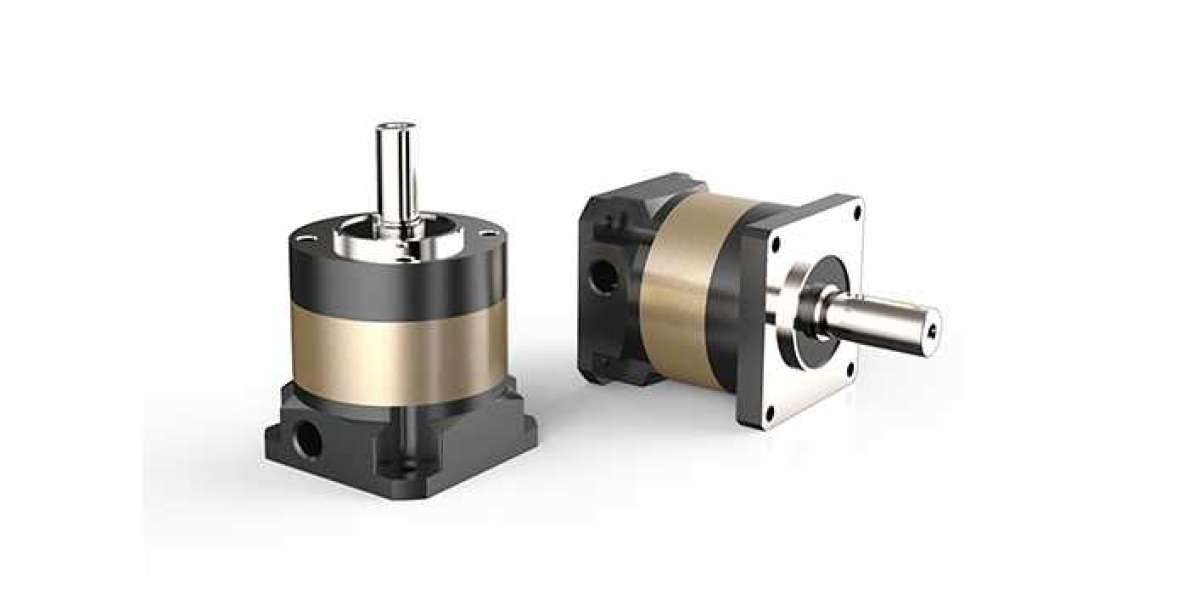In the world of renewable energy, wind power has emerged as a key player in the quest for sustainable and clean energy sources. Wind turbines, the backbone of wind power generation, rely on various components to efficiently convert wind energy into electricity. One such crucial component is the planetary reducer. In this blog post, we will explore the importance of planetary reducers in wind turbine systems and their role in optimizing power generation.
Understanding Planetary Reducers
Planetary reducers, also known as gearboxes, are mechanical devices that transmit power from the wind turbine's rotor to the generator. They play a vital role in adjusting the rotational speed of the rotor to match the generator's requirements. Planetary reducers consist of a set of gears arranged in a planetary configuration, hence the name. This arrangement allows for high torque transmission and efficient power conversion.

Power Transmission Efficiency
Wind turbines operate in a wide range of wind speeds, from gentle breezes to strong gusts. To ensure optimal power generation, the rotational speed of the rotor needs to be adjusted accordingly. Planetary reducers enable this adjustment by providing a variable gear ratio. By changing the gear ratio, the rotational speed can be optimized to match the wind speed, maximizing power generation efficiency.
Load Distribution and Protection
Wind turbines are subjected to varying wind conditions, including turbulent gusts and sudden changes in wind direction. These fluctuations can exert excessive loads on the turbine's components, potentially leading to mechanical failures. Planetary reducers act as a buffer, absorbing and distributing these loads evenly across the gears. This load distribution helps protect the turbine's critical components, such as the rotor and generator, from excessive stress and premature wear.
Compact Design and Space Optimization
Wind turbines are often installed in remote and challenging environments, where space is limited. Planetary reducers offer a compact and space-saving design, making them ideal for wind turbine applications. Their efficient power transmission capabilities allow for the reduction of overall system size, enabling more turbines to be installed in a given area. This space optimization is crucial for maximizing power generation in wind farms.
Maintenance and Serviceability
Wind turbines operate in harsh conditions, including extreme temperatures, high winds, and exposure to dust and debris. Planetary reducers are designed to withstand these challenging environments and require minimal maintenance. Their robust construction and sealed housing protect the gears from external elements, ensuring long-term reliability and reducing downtime for maintenance and repairs.
Conclusion
Planetary reducers play a crucial role in wind turbine systems, enabling efficient power transmission, load distribution, and space optimization. Their ability to adjust the rotational speed of the rotor ensures optimal power generation in varying wind conditions. By protecting critical components and requiring minimal maintenance, planetary reducers contribute to the long-term reliability and sustainability of wind power generation. As the demand for clean energy continues to grow, the importance of planetary reducers in wind turbine systems cannot be overstated.
Planetary Reducers: The Ideal Solution for Heavy-Duty Applications








